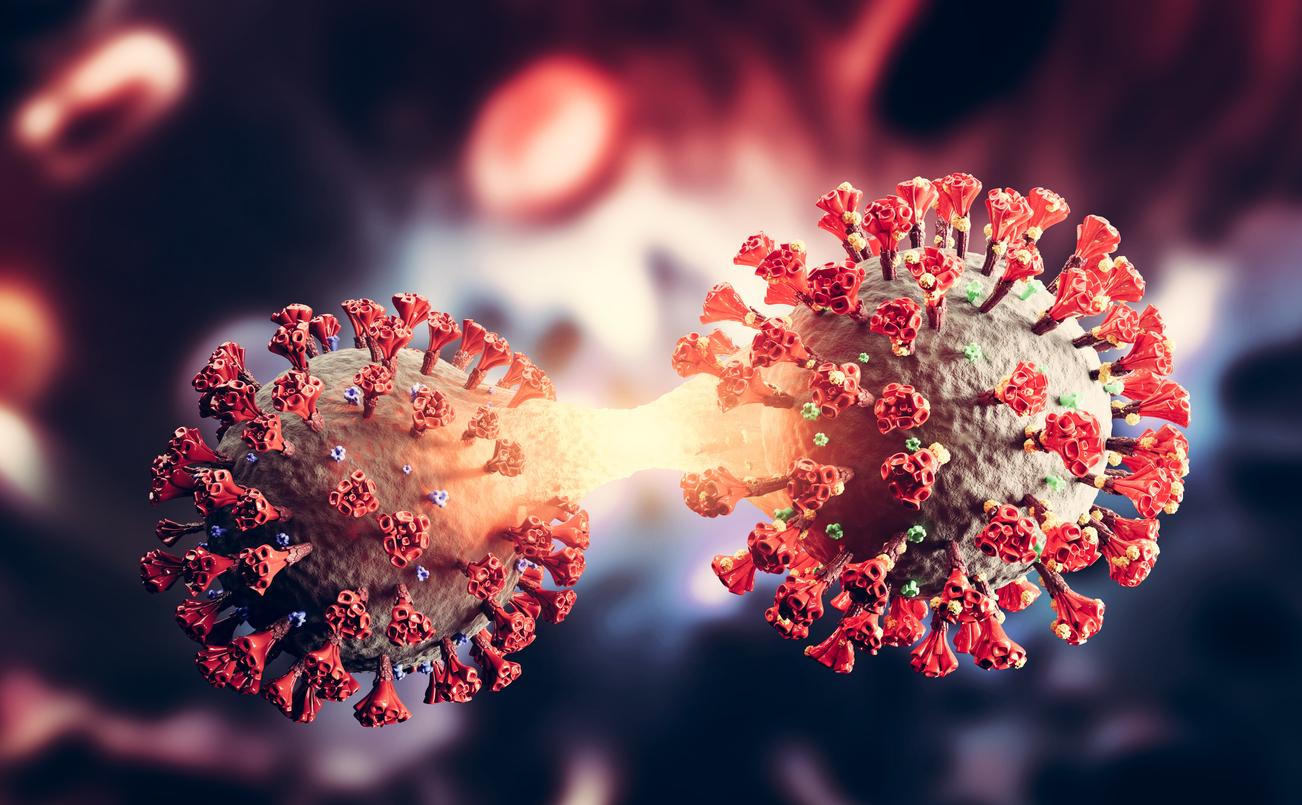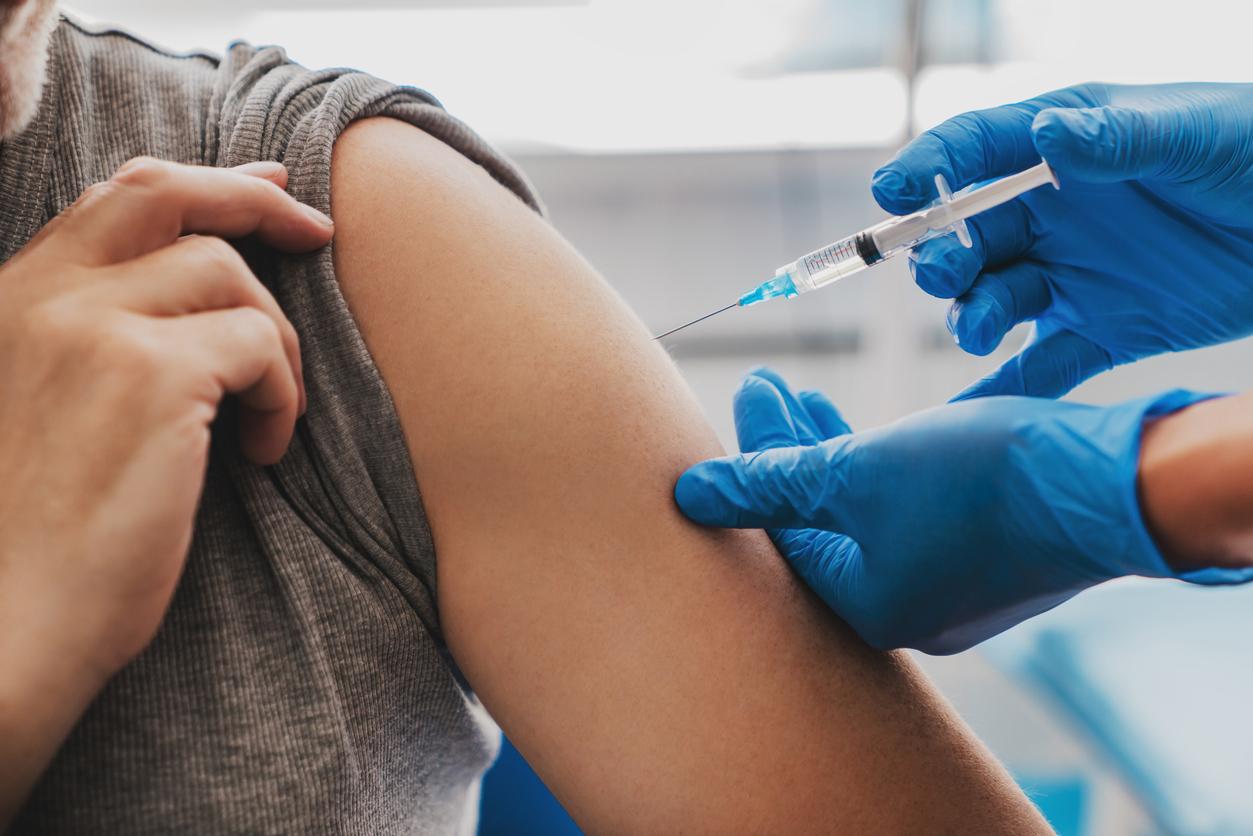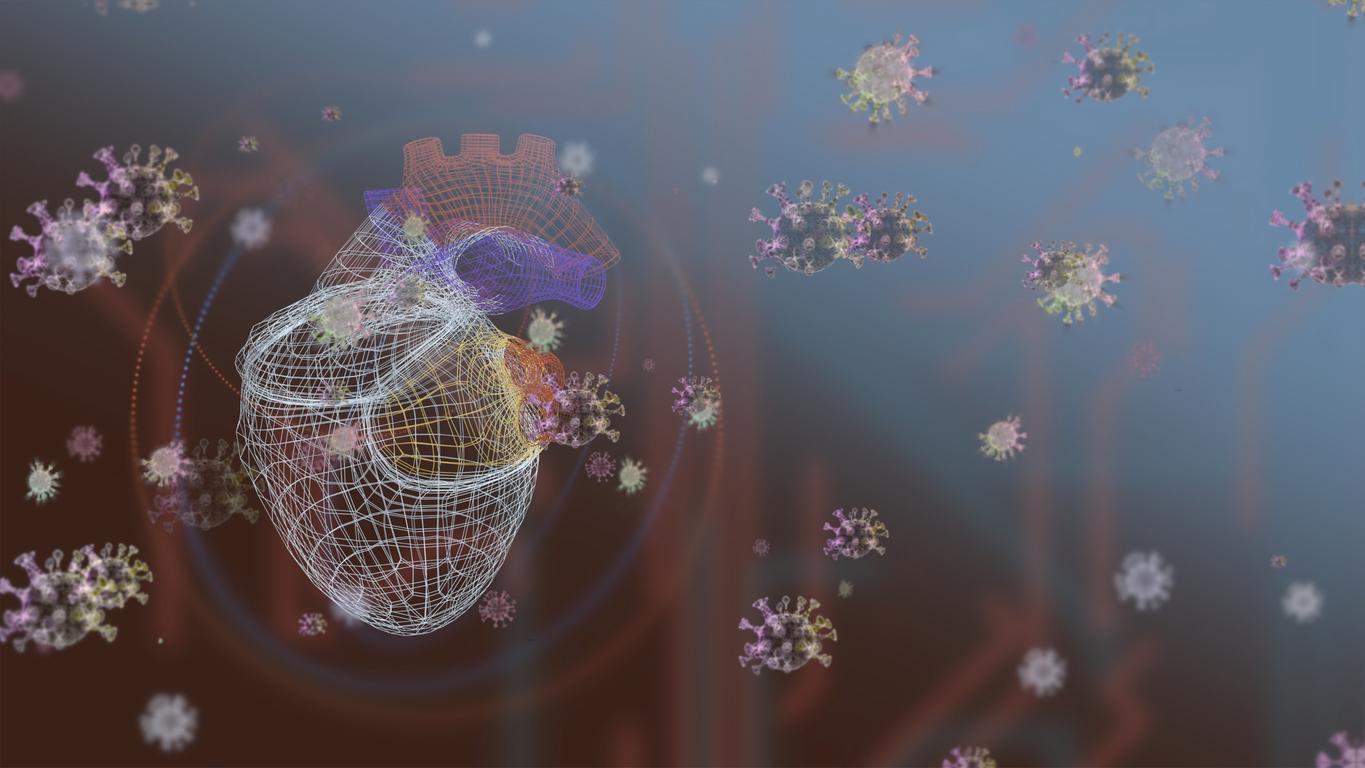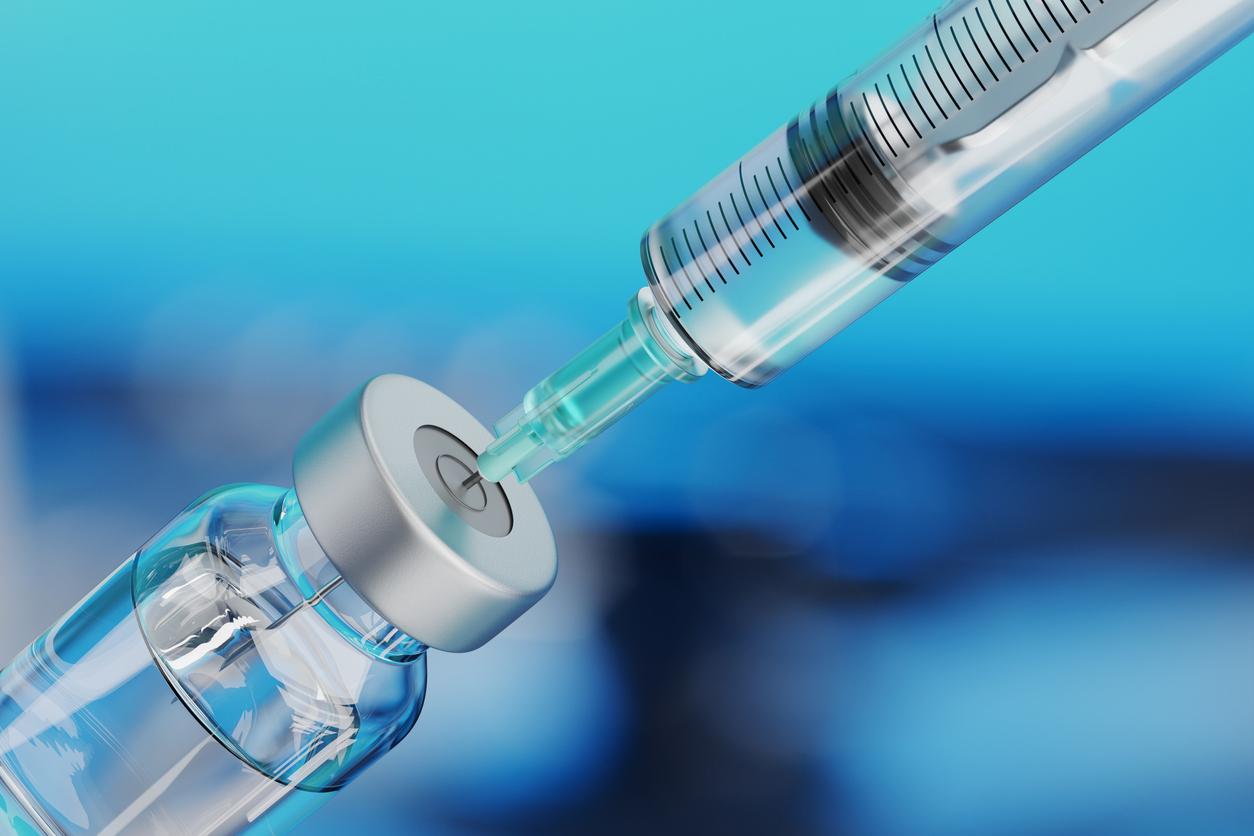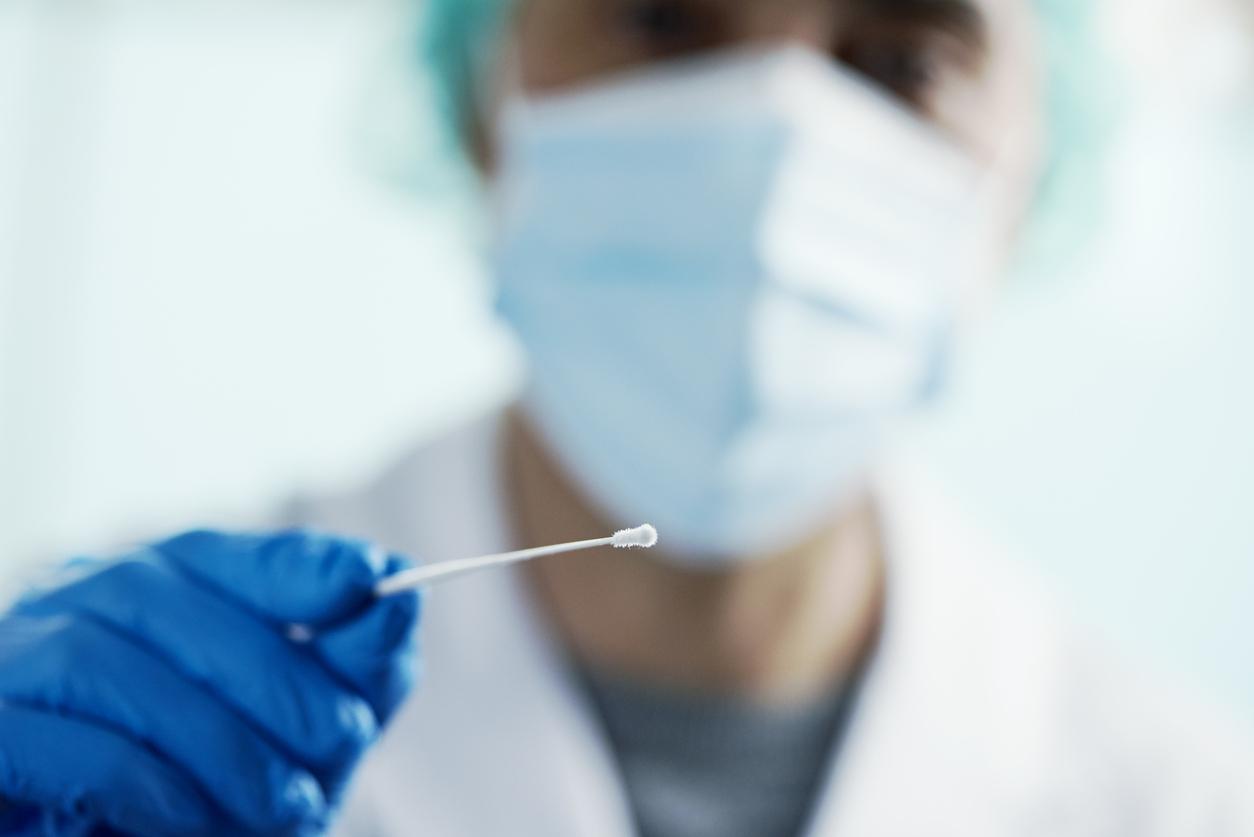Bees can identify Covid-19 positive samples in just seconds.

Covid-19 has an odor, and if we are unable to smell it, animals can. In the Netherlands, researchers are training bees to spot the virus in samples, only through their sense of smell. “Bees, like dogs, can learn to detect volatiles and odors with just a few minutes of training“, they explain in a communicated. The experiment is the result of a collaboration between the Dutch company InsectSense and the Wageningen Bioveterinary Research Institute.
Only a few seconds to detect the virus
For “to draw up“Bees, the scientists used the method of Pavlov’s conditioning: when the insects were exposed to a sample positive for the virus, they received sugar water as a reward. To retrieve it, they had to stick out their tongues.”By repeating this action several times, the bees associated the sweet reward with the smell.“, explain the researchers.
So much so that at the end of this training, the bees stuck out their tongues in front of the positive samples, even without reward. In just a few seconds, they are able to spot the presence of the virus, with very little error. The researchers estimate that the reliability rate of these diagnoses could be 95% if each sample was smelled by several bees. In total, more than 150 insects were used in this experiment. The samples containing the virus were first taken from infected mink, then, in a second step, the researchers used samples taken from humans.
A future screening method?
According to the authors of this scientific trial, this method could provide a diagnostic tool for developing countries, which lack the equipment to analyze PCR tests. The team is working on developing a machine to train several insects at the same time. “Bees are everywhere, and the device is not very complicated“, underlines one of the authors of this study, Wim van der Poel, in an article of the washington post. As for the risk of spreading the virus by these insects, the professor dismisses it. AT Dutch Newshe explained that “bees are not susceptible to the virus and are not in direct contact with it during experiments“.

.










